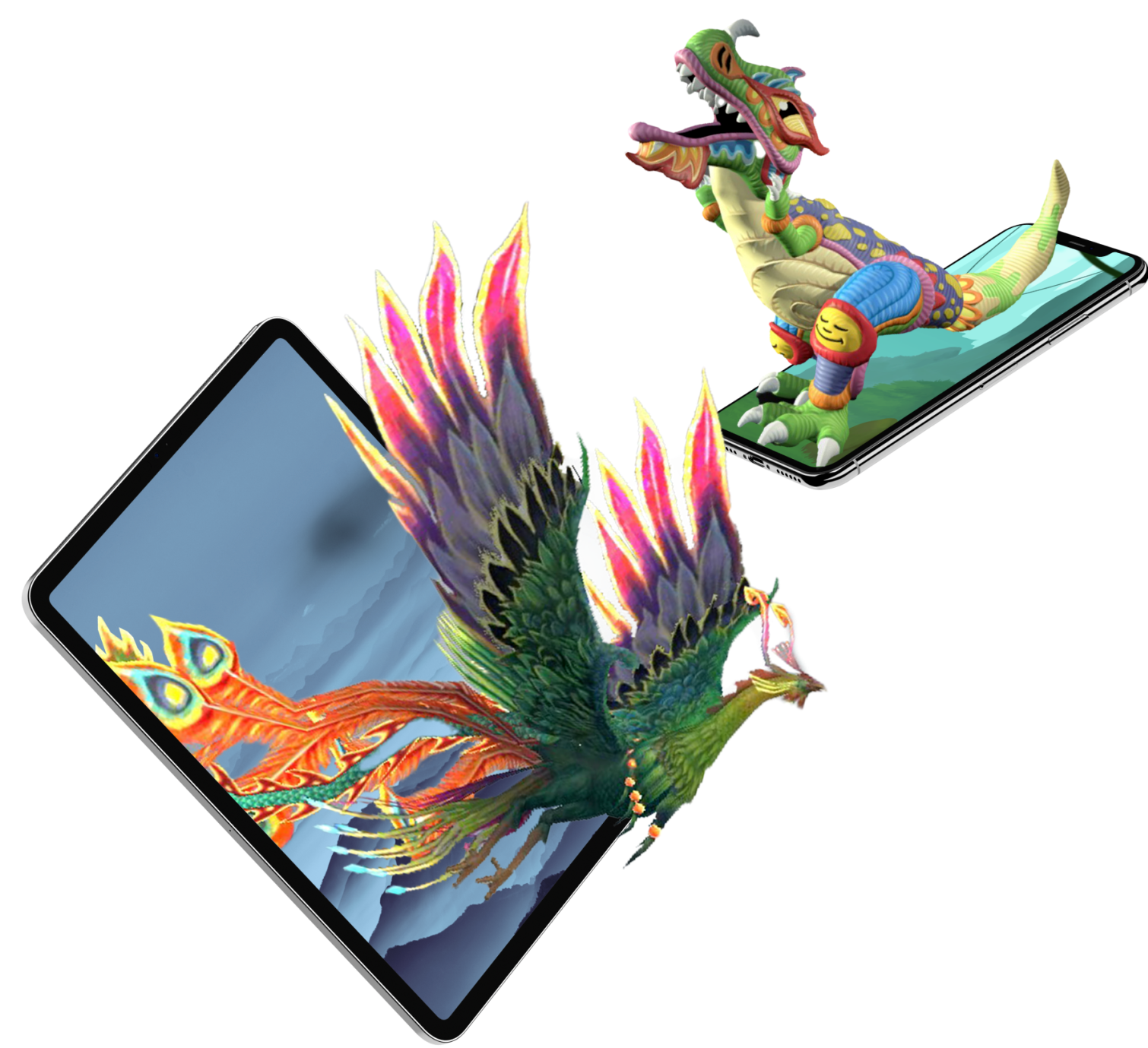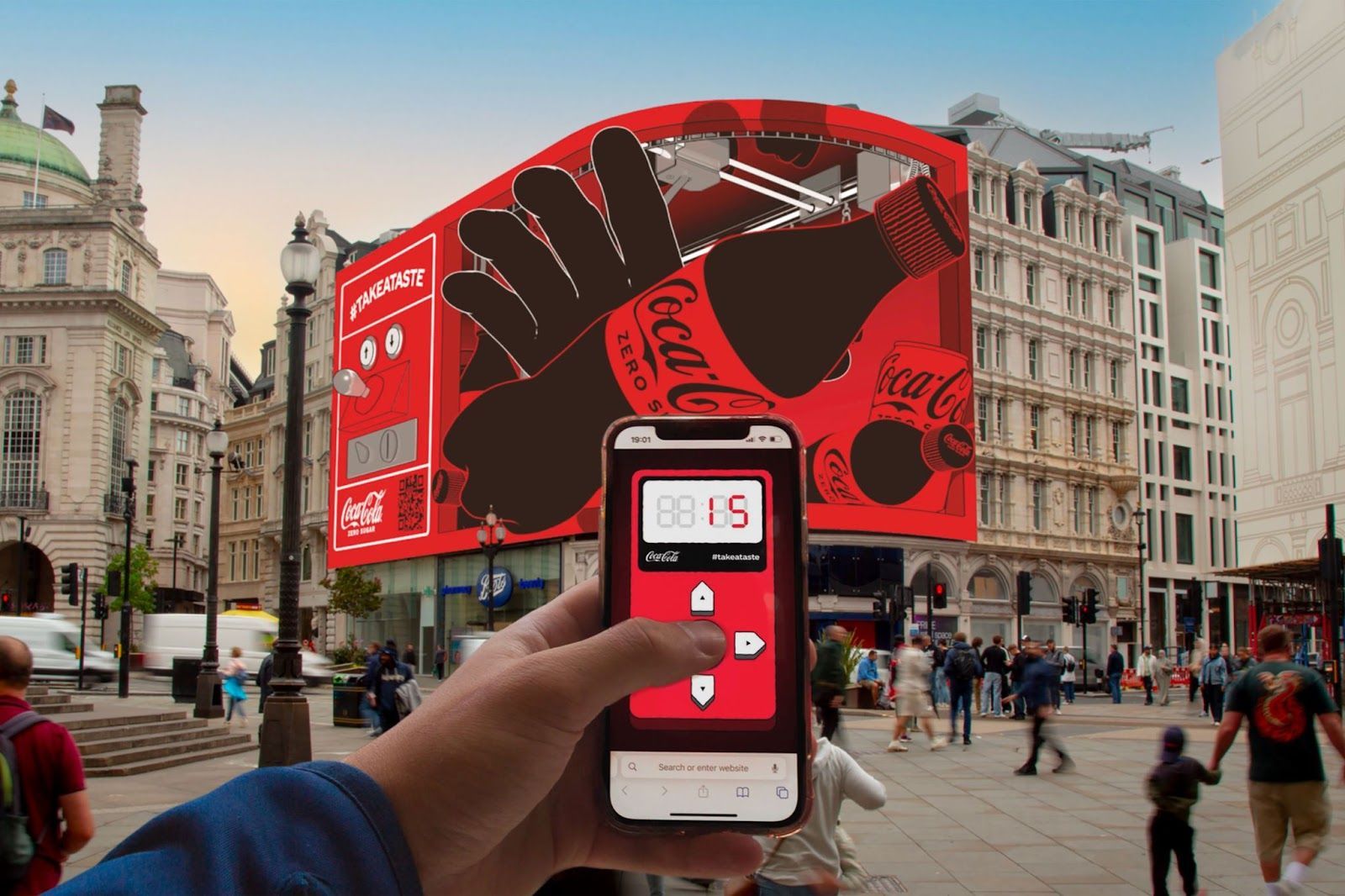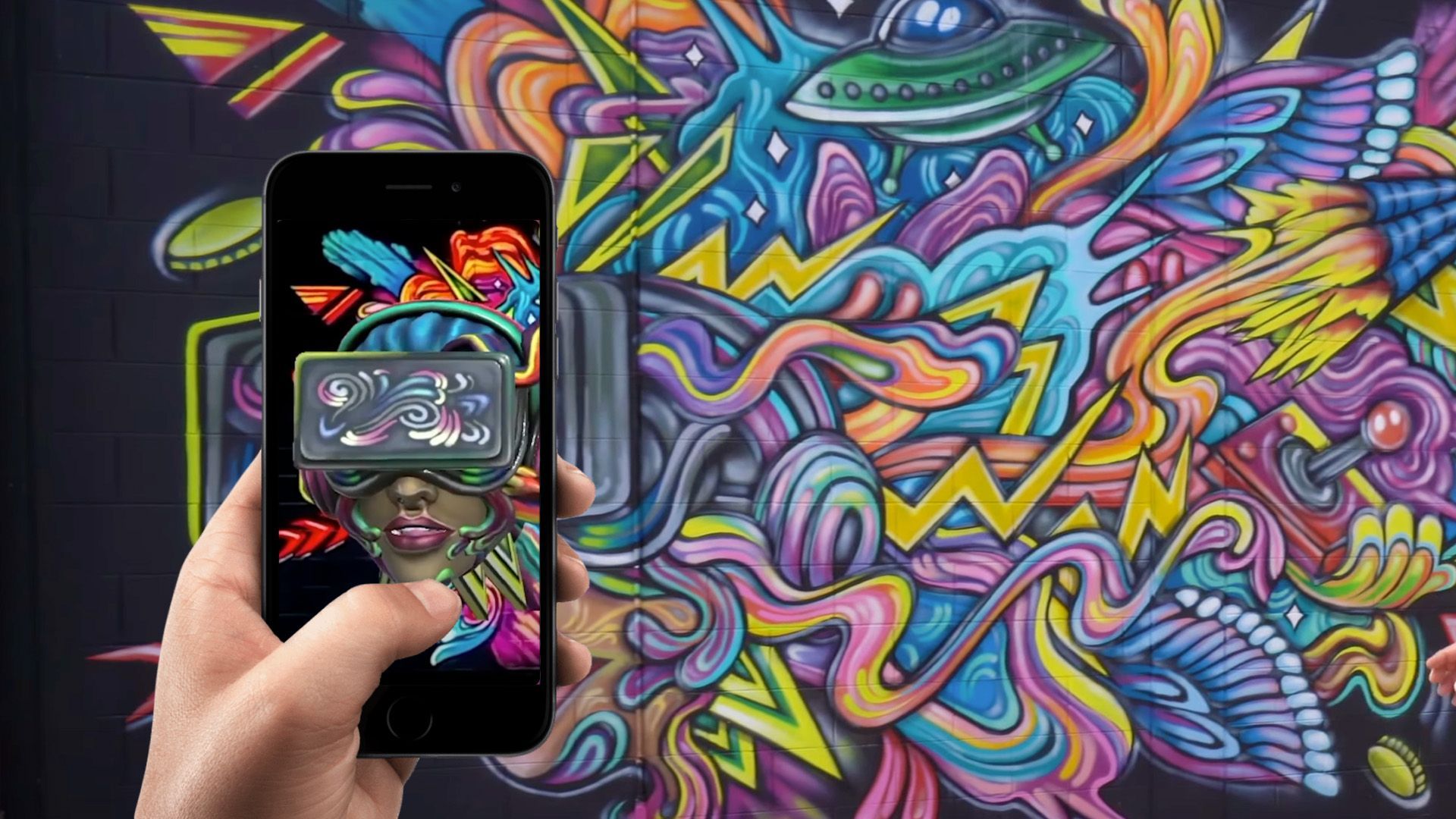What Is Augmented Reality
A Brief History of Augmented Reality
Early Beginnings
The concept of augmented reality (AR) can be traced back to the 1960s with the invention of the first head-mounted display system by Ivan Sutherland. But it wasn't until the 1990s when Tom Caudell, a Boeing researcher, coined the term "augmented reality" as we know it today.
Advancements in Technology
Over the years, AR has undergone significant technological advancements. The emergence of smartphones and wearable devices, such as Google Glass and Microsoft HoloLens, has brought AR to the mainstream, making it accessible to millions of users worldwide.
How Augmented Reality Works
Hardware Components
AR systems rely on a combination of hardware components to function. These include sensors (such as cameras, accelerometers, and gyroscopes), displays (like head-mounted displays or smartphone screens), and processors that interpret and process data.
Software Components
On the software side, AR utilizes computer vision and image recognition algorithms to analyze the environment, identify objects, and overlay digital information onto the user's view of the real world.
Different Types of Augmented Reality
Marker-Based AR
Marker-based AR uses physical markers, such as QR codes, to trigger the display of digital content when the marker is detected by the AR device's camera.
Markerless AR
Markerless AR relies on GPS, digital compasses, and other sensors to determine the user's location and orientation, allowing the AR system to overlay digital content contextually.
Projection-Based AR
Projection-based AR projects digital information directly onto physical surfaces, creating interactive experiences without the need for a separate display.
Superimposition-Based AR
Superimposition-based AR replaces or enhances parts of the real world with digital content, often using object recognition to identify the target object.
Real-world Applications of AR
Education
AR is revolutionizing education by providing interactive, immersive learning experiences that engage students and help them understand complex concepts more easily.
Retail and Marketing
In the world of retail and marketing, AR is being used to create virtual try-on experiences, provide additional product information, and create interactive marketing campaigns that attract and engage customers.
Healthcare
AR is transforming healthcare by assisting medical professionals in complex surgeries, aiding in the visualization of patient data, and enhancing medical training.
Gaming and Entertainment
One of the most popular applications of AR is in the gaming and entertainment industry. Games like Pokémon GO and apps like Snapchat filters leverage AR technology to create immersive, engaging experiences that captivate users and bring the digital world into our everyday lives.
The Future of Augmented Reality
Integration with IoT
As the Internet of Things (IoT) continues to grow, AR is poised to play a significant role in connecting our physical and digital worlds. By integrating AR with IoT devices, we can expect smarter homes, more efficient cities, and enhanced user experiences across various industries.
Enhanced Social Interactions
AR holds the potential to revolutionize how we communicate and interact with others. Imagine attending virtual concerts with friends, participating in immersive social experiences, or even enhancing face-to-face conversations with real-time information overlays.
Conclusion
Augmented reality is an exciting technology that has come a long way since its inception. With applications in education, retail, healthcare, gaming, and more, AR has the potential to reshape how we interact with the world around us. As technology continues to advance, the possibilities for AR are virtually limitless, promising a future where the lines between the digital and physical worlds become increasingly blurred.
FAQs
- What is the main difference between augmented reality (AR) and virtual reality (VR)?
While both AR and VR alter our perception of reality, AR enhances the real world with digital content, whereas VR creates entirely immersive, computer-generated environments.
2. Can augmented reality be experienced on smartphones?
Yes! Many popular AR apps, such as Pokémon GO and IKEA Place, can be experienced on smartphones, making AR more accessible to a broader audience.
3. Are there any safety concerns with using augmented reality?
As with any technology, there can be safety concerns, particularly when users become too immersed in the AR experience and lose awareness of their surroundings. It's important to stay aware of your environment while using AR.
4. What industries are most likely to benefit from augmented reality?
While AR has applications in various industries, some of the most significant impacts can be seen in education, retail and marketing, healthcare, and gaming and entertainment.
5. Is augmented reality the same as mixed reality (MR)?
While the terms are often used interchangeably, mixed reality is considered a subset of augmented reality. MR combines aspects of both AR and VR, allowing digital content to interact with the real world in more complex ways.














